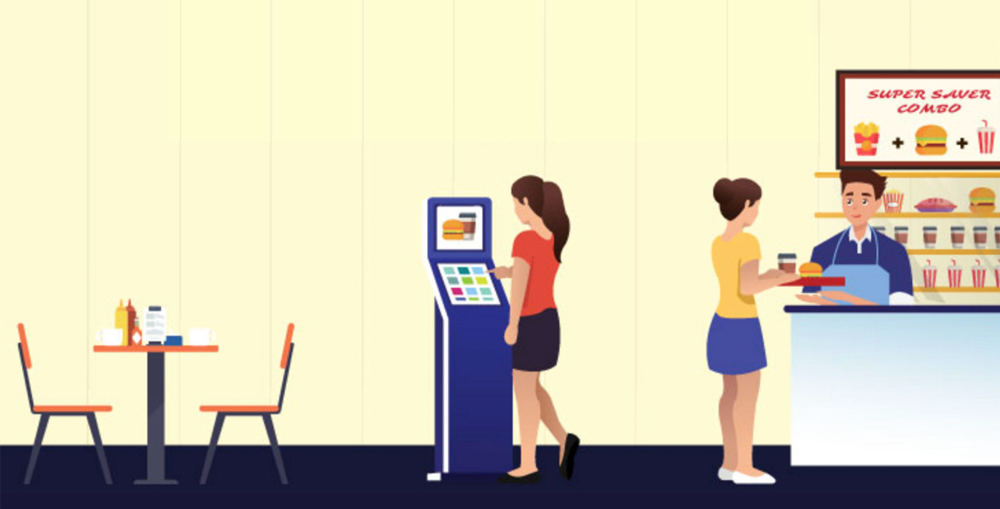
By definition a self-service kiosk is a digital kiosk with interactive interface and a computing device in it along with other hardware or software to facilitate a service delivery or business process. In Dubai and everywhere else in UAE the self-service kiosks are everywhere, people don’t often realize that an ATM machine is also a self-service kiosk. Apart from that the self-service kiosks are everywhere, if you are going to a telecom service center, you will be greeted by a self-service kiosk which you use to select the required service and to sign-up for the queue.
Similarly another most common form of self-service kiosk in UAE is the mobile top-up and utility bills payment kiosks, which are everywhere, in front of grocery stores, at malls, even at the entrance of buildings also. These all are different types of self-service kiosks. Since past two years the trends have been changed, especially during and after the 2020, businesses and customers are more inclined towards the self-service kiosks. That is the reason businesses from all sectors and industries are adopting to self-service kiosks and solutions.
See Also: Innovative Self-Checkout Solutions for Retail Success

In the retail sector, there are two major types of self-service kiosks. One is the self-service checkout kiosks or self-checkout kiosks and the other type is basically an interactive signage kiosk, which enables the users to surf and navigate through products information and run adverts and promotional content. In this blog we will discuss both types:
Self-Service Checkout Kiosk
The self-service checkout kiosk is a digital kiosk specifically designed to facilitate the self-checkout process in the retail stores. In the retail stores the biggest problem the businesses face is the long queue of the customer which not only impact the sales but it also ruin customer experience, if customers keep facing long waiting line in a retail store, they will start avoiding it next time. Instead they will prefer to go to a store where they can complete their purchases more quickly.
Another big problem with the long lines is that it repel customers and when people see there are already long lines in the store they usually avoid going there. The long waiting lines at the POS/counters also result in higher customer churn rates. The customer churn is a measurement/count of the customers who have already made up their mind to purchase and they have visited the business but due to long waiting time they left without making a purchase. These all factors have very negative effect on the overall sale and also on the business reputation.
See Also: 3 Advantages of Kiosks in Retail Stores
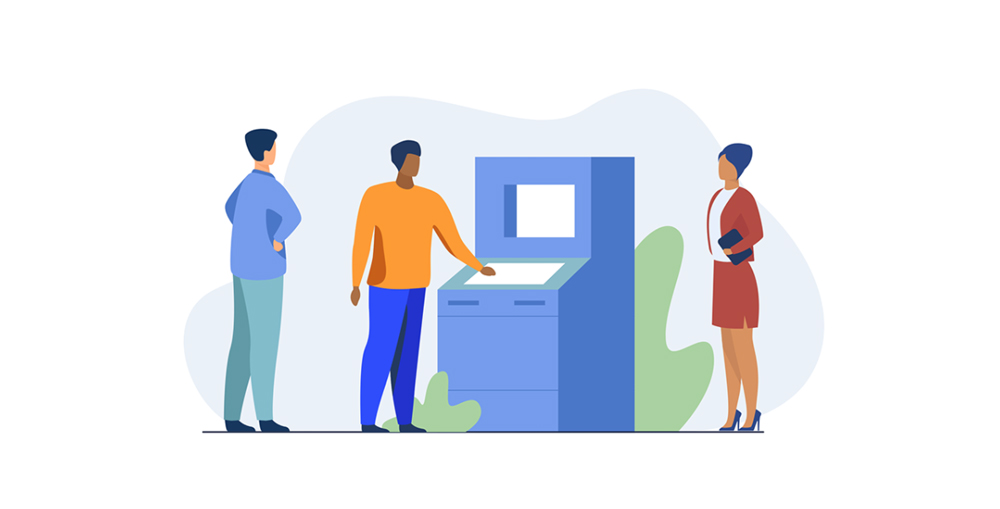
The self-checkout or self-service checkout kiosks are a great tool to solve all these problems. The self-service kiosk for retails are designed to facilitate the purchase process. The self-service checkout kiosk have two major components. One is the hardware or the terminal and the other is the software.
Read More: Shifting of business process on interactive kiosk Dubai
Self-Service Checkout Kiosk Hardware
The self-service checkout kiosk is built on widely available hardware technology. The kiosk consists of a touch screen where the user can interact with the system and perform the checkout functionalities along with the required hardware accessories which help scanning the products. All this is connected to a main computing board which is also linked with the network and manages the power for everything. Here is a list of all basic components of self-service checkout kiosk:
- Medium Size Touch Screen Display or iPad Kiosks with Capability to Multi-touch and On-Screen Keyboard
- In-built Computer (Windows and Android both OS available)
- Barcode/QR Code Scanner
- Weight Machine
- In-built Speaker
- Network and Connectivity (LAN, WiFi, 3G/4G, etc.)
- POS Machine (Credit/Debit Cards)
- Cash Acceptor (Optional Component)
- Receipt Printer
- In-built Cooling and Power Management
- Physical Security Features
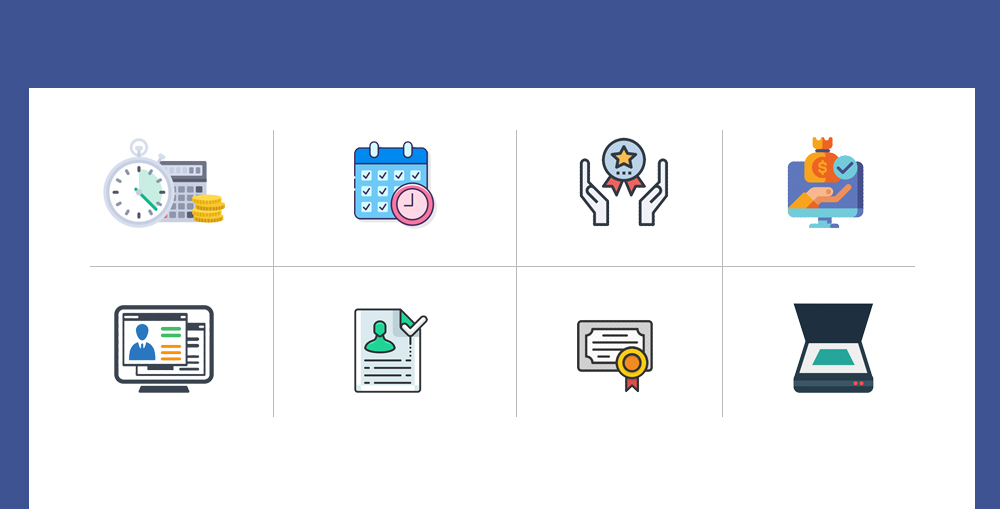
These are the basic hardware components. The display is usually an industrial grade display with higher brightness and high-end touch screen. The computer is usually equivalent to standard computer with good hardware specs. The operating system of the on-board computer is available in two variants, Windows OS and Android OS. The Barcode/QR Code scanner is used to scan the products. Some retail stores also use RFID to scan the RFID chip which is attached to certain items for security.
The network is used to connect the terminal with the central software or server and it also link the POS with the servers to do the transactions. The receipt printer and other accessories are also used to facilitate basic checkout functionalities and to enhance the customer experience.
See Also: What are the best devices to be used for Customer Feedback?
Self-Service Checkout Kiosk Software
The software of any self-service kiosk is always based on three major components, a customer/user interface, an administrative control panel for the business management and staff and a server. In case of self-service checkout kiosk the software also have the same components. The customer or user interface (UI) is where the customers will interact with the system to perform the function.
The administrative control panel is where the management can control and manage the system, whether it is monitoring or collecting statistical data or implementing policies, all can be done from the administrative control panel. The server software is the main brain of the system it links with other systems, runs algorithms and perform logics on the server. Everything is managed and controlled by the server.
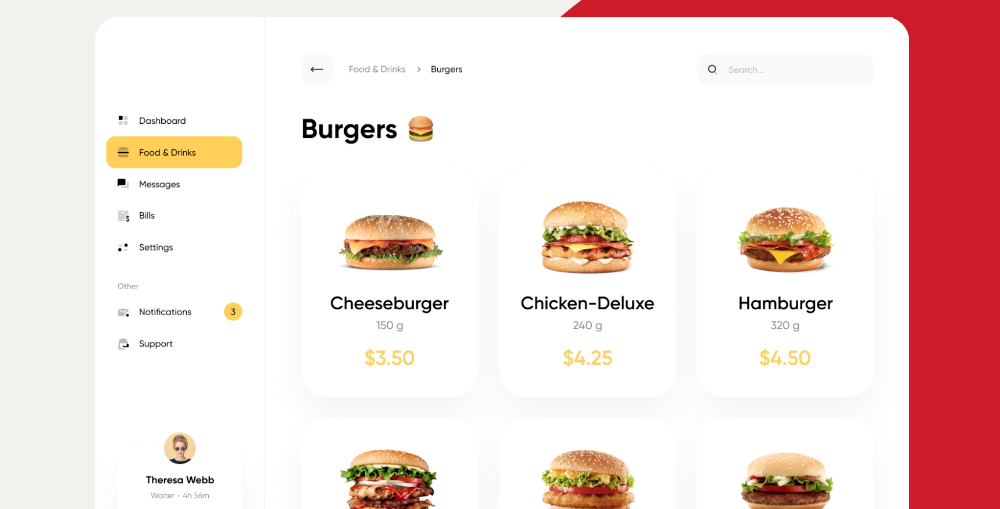
The customer interface or user interface is the program that is running on the terminal/client or the self-service kiosk. It is similar to any other touch screen apps, the customers can navigate through user interface to access various options and to perform the payment process. For example, a customer filled their cart and reached to a self-service checkout kiosk, the first thing they will do is to scan the items using in built barcode/QR code scanner, as they will scan the items their digital cart will be build, it will be available on the screen.
Some items might not have barcode and required to be weight, so the customer can put them on the shelf which have in-built digital weighing scale, which will weigh the item and will add it into the cart.
See Also: What are the Types of Interactive Kiosks?
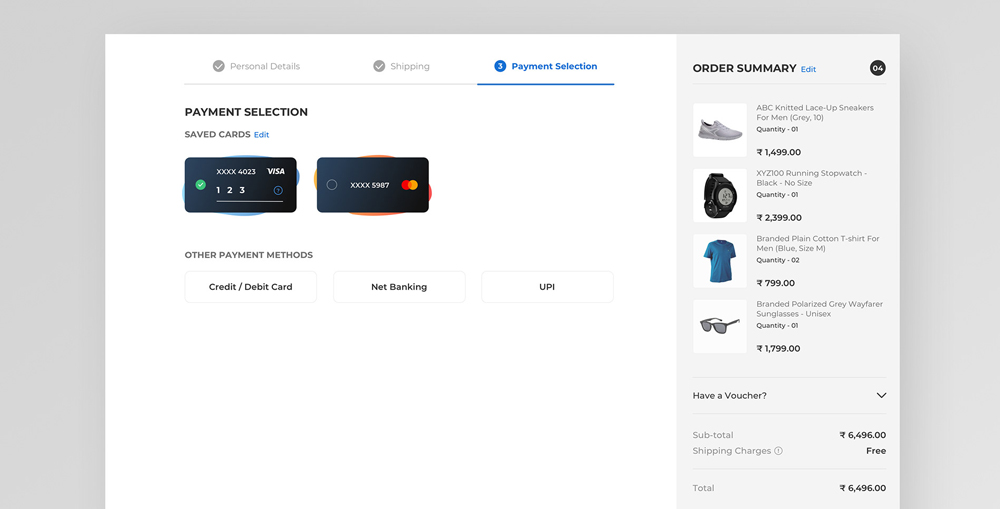
Once all the items are scanned and added to the cart the full cart will appear on the screen. The customers will have choice to proceed with the payments or to modify the cart by adding or removing any item from it. The customers can also have facility to choose a convenient payment mode. They can also redeem their loyalty points and avail any other service which the retail business is offering at their regular counters via service agents and cashiers. Once the payment is done the self-service checkout kiosk will dispense the receipt and the customer can leave.
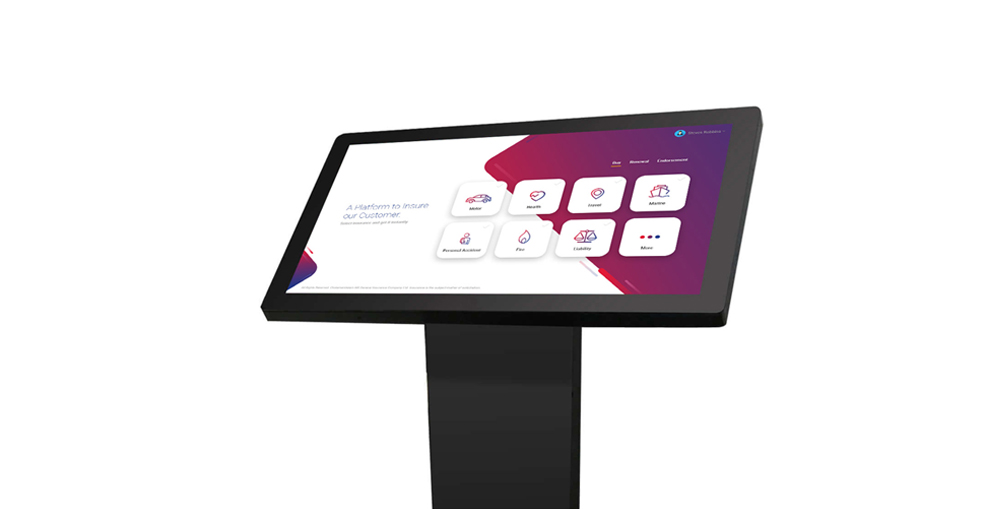
The sale staff and cashiers can also have access to the system in case if any customer face difficulties or any issue such as paying for unwanted products, etc. the staff will have authority to revoke a transaction and perform any other task which they are entitled to perform on regular counters. The management dashboard is used to monitor the system and activities and to perform administrative tasks, such as adding employees, terminals, downloading reports, transaction data, pushing marketing messages or promotional content on the self-service kiosk screen, etc. The administrative dashboard can also collect and provide analytical data and business intelligence and much more.
Read More: What are the Types of Interactive Kiosks?
Advantages of Self-Service Checkout Kiosk
The self-service checkout kiosk offer many advantages and is very capable of supporting the staff and boosting the overall performance of the retail store. Retail business and stores are always seeking ways to expand and grow. A small retail store or a large multinational enterprise can only ensure steady and long term growth when they have a loyal customer base. Loyal customers provide a strong foundation for the growth and progress. Researches and studies have shown that it is nine to twelve time more expensive to acquire a new customer than selling to an existing customer. The customer loyalty is completely based on customer satisfaction.
Which is based on customer interaction and customer experience. A self-service checkout kiosk can not only improve the customer experience but it can also provide the retail business a chance to market more products to the customers during their purchase and checkout process. The market studies have shown that approximately 20% of the customers include more add-on items to their cart if a right item is suggested on the bases of the cart or customer behavior. Which means the retail businesses can also generate more revenue from the self-service checkout kiosks.
See Also: 5 Future Trends in Self-Check-in Kiosks: What to Expect
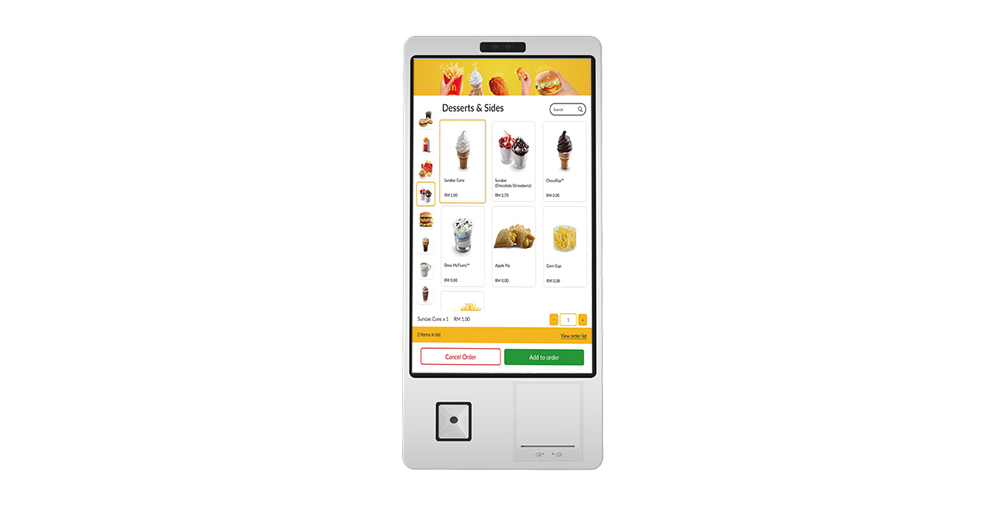
For a retail business the resources are limited, in order to reduce the long waiting lines, they will have to add more counters. Sometimes there is not enough space available to add more counters, sometimes it is very expensive to add more counters, as for more counters the business will have to hire more staff which increase the cost. However instead of adding more counters, the retail businesses can easily add more self-checkout counters or self-service checkout kiosks. Which save them a lot of cost as well as it can improve a business’s brand image.
The year 2020 have completely changed the customer behavior and market trends. People are more adoptive and welcoming towards technology and digital solutions and services. Offering a high-tech self-service checkout kiosk will definitely add value to the brand image and brand identity. A positive brand identity helps in customer retention, attracting more customers and it also increases profitability.
See Also: The Role of Payment Kiosk in Streamlining Retail Transactions
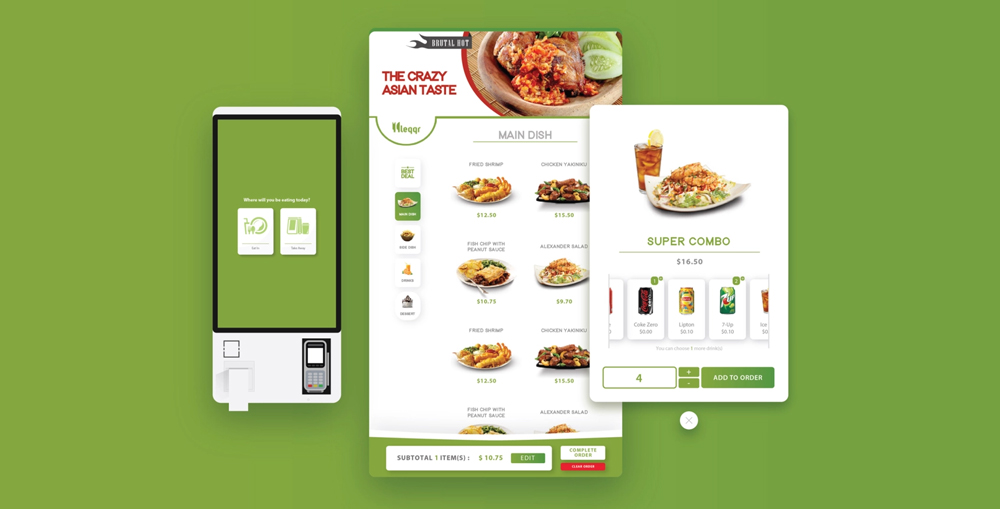
Moreover when a retail business add a few self-service checkout kiosks it is not only facilitating its customers but it also reduce a lot of workload from the staff. The employees who work under a balanced workload are tend to delivery good quality work. Employee happiness also impact customer’s happiness and results and better customer experience.
The self-service checkout kiosks are built on widely available technologies and platforms. Which makes them very cost-efficient and it also makes future scalability and upgrade a lot easier and less expensive. The self-service checkout kiosks also require very less maintenance and have a long lifecycle. These traits of the self-service kiosk make the system more cost-effective.
See Also: What to Collect and When with a Customer Feedback System?
Self-Service Digital Signage Kiosk
The digital signage are everywhere. If you are living in Dubai or any other part of the UAE you must have noticed big bright screens display adverts 24/7. The self-service digital signage kiosks for the retail sector are also the same. The self-service digital signage kiosks are designed specifically to run adverts/multimedia content and to provide information to the users. The interactive digital signage doesn’t have too many peripherals or hardware accessories, in fact it is just a large sized high resolution display with a touch screen.
The businesses are heavily relying on the self-service digital signage or interactive signage to boost their in-store sales and to improve customer experience. Same like any other interactive kiosk the self-service digital signage kiosk also have two major components, the hardware and the software.
See Also: Self-Service Kiosks in Retail: Revolutionizing the Shopping Experience
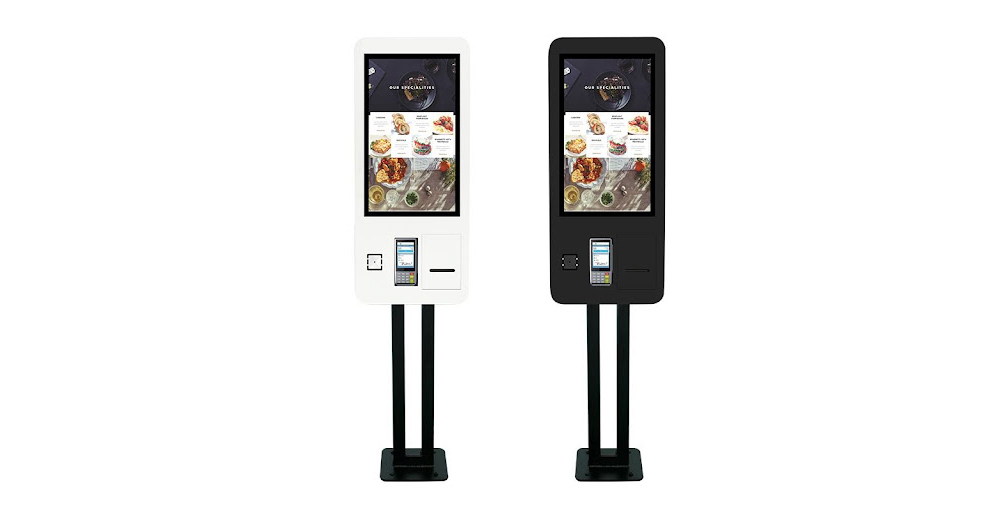
See Also: Specifications of Wayfinding Kiosks
Self-Service Digital Signage Kiosk Hardware
The self-service digital signage kiosk are built on a very widely available technology and platforms. There are two major components of the hardware one is the interactive display which is a high-resolution high-brightness industrial grade display with a highly-sensitive touch screen. In order to run any application or the content an on-board computer is required which drive the display and provide necessary connectivity for the software.
The on-board computer is available in two variants, Windows OS and Android OS. There are some manufacturers who also sell only proprietary operating system, but those are not as common as they are not so good with the interactive application and doesn’t allow any customization either. Whatever platform you choose make sure it is compatible with your application as well.
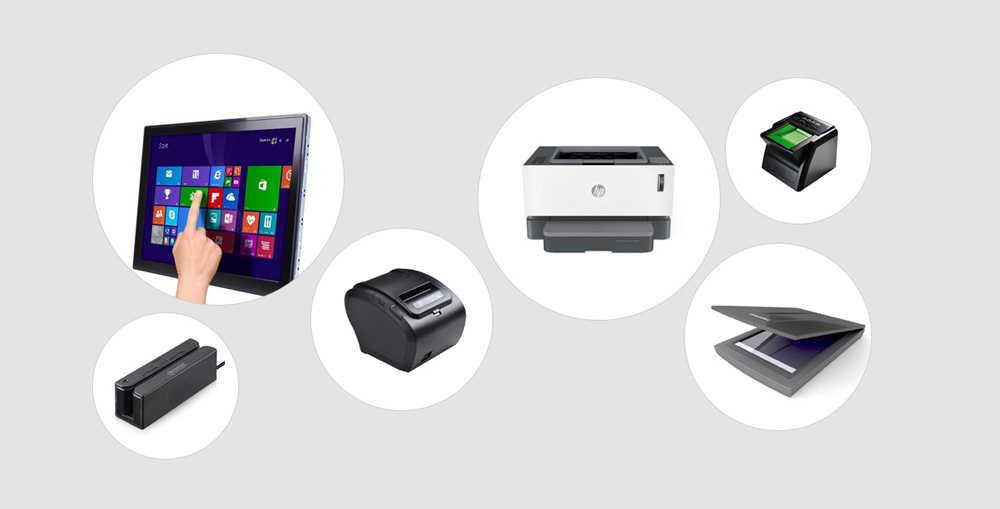
Self-Service Digital Signage Kiosk Software
The software of the self-service digital signage kiosk also have three major components like any other ordinary self-service kiosk. The user interface (UI) is installed at the self-service digital signage kiosk which allow the users to interact with the kiosk and let them access the information on the system.
The second component is the administrative dashboard which is for the business management and allow the retail store managers and employees to manage the content of the kiosks and to extract the system usage data, statistical data and the business intelligence data.
The third component is the server or server side application which executes all the algorithms and performs logics and processes. The interactive user interface also allow the users to search for different products, perform certain functions and avail any available digital service.
See Also: The Evolution of Supermarket Shopping: Self-Checkout Machines
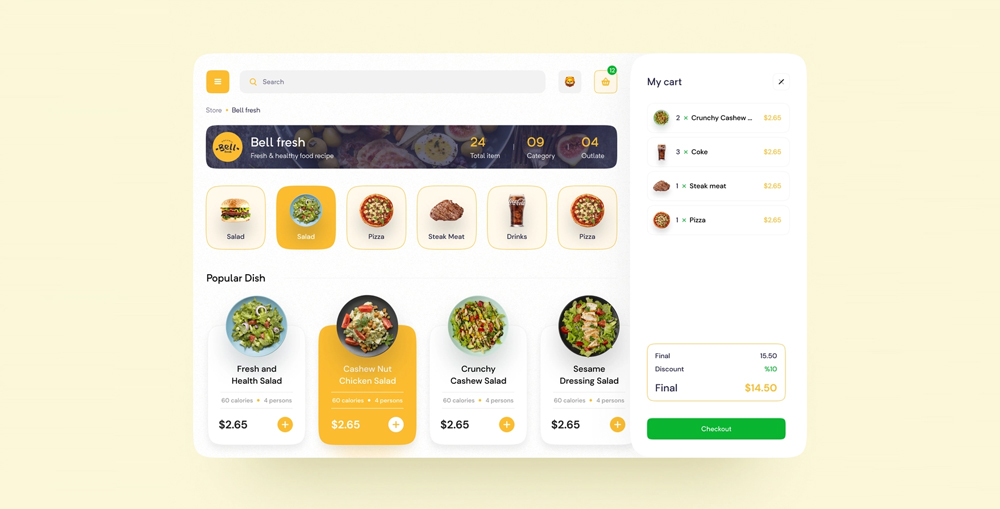
Advantages of Self-Service Digital Signage Kiosk
The biggest advantage of a self-service digital signage kiosk or interactive digital signage is that it allow the users to easily access a multitude of information without asking any staff member. The customers and visitors can navigate through products, they can do comparison of the products, and they can also check features and offers or promotions and the customers and visitors can also avail any digital service offered by the retail store via their interactive digital signage or self-service digital signage kiosk. The biggest advantage of self-service is that the customers do not need any help from the staff to perform any of the function through the self-service kiosk.
This can significantly reduce the workload of the staff and it also provide a comforting experience to the customers and visitors. Sometimes some customers and visitors don’t ask question to the employee because of so many different reasons, for such customers and visitors a self-service digital signage kiosk could be a better option to explore further and make up their mind for a purchase decision.
See Also: Customizing Payment Kiosk Solutions for Different Industries
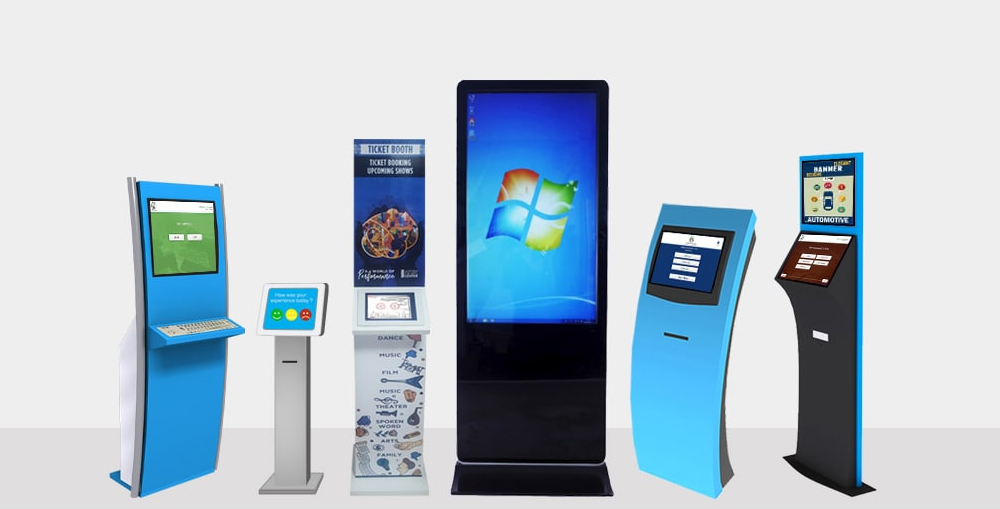
The retail stores can use the self-service digital signage kiosks for real-time communication and marketing purposes too. They can instantly push promotions and offers to the screens. The can offer engaging content which encourages the users to make a purchase. Especially for flash sales and any news/update the interactive digital signage are a great tool. The customers and visitors who are using the kiosks for comparing the products or for searching products or for any purpose can get instant information, they don’t have to wait to reach to an employee, they can have access to any information and they can go through it for as many time as they want.
This results in instant service delivery and customer satisfaction. These days people tend to like doing things independently, a self-service digital signage kiosk can help you improving your customer’s experience and offering them services as per their expectations and desires.
See Also: Top 10 Self-Service Technologies
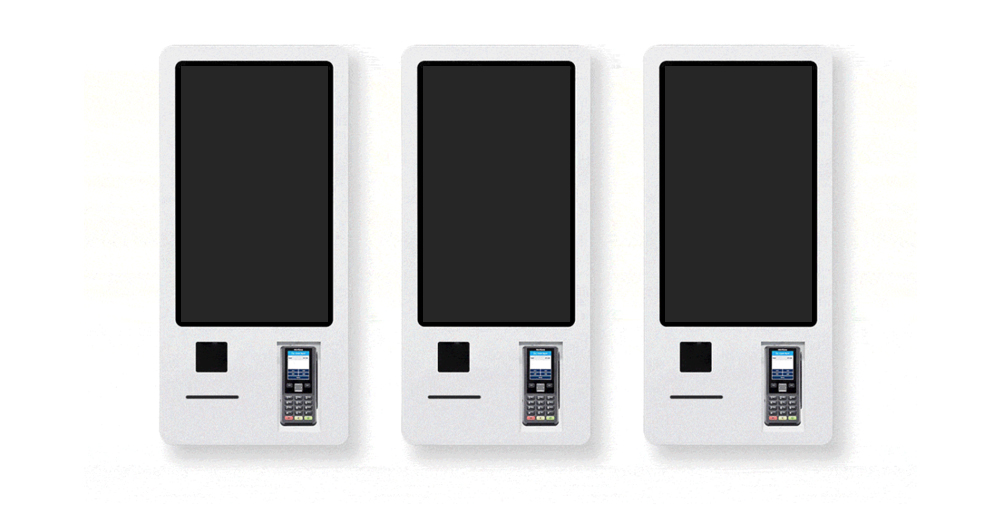
The human brain reacts to lights and colors in a very peculiar way. Such things always draw our attentions instantly. This enables the retail stores and businesses to easily attract more traffic to their stores. The self-service digital signage kiosk which are placed near to a particular product rack can boost its sales by up to 70% by playing multimedia content and information about the products and its value proposition. Such things are very attractive to the customers and visitors. It can immediately influence their purchase decision.
The self-service digital signage kiosks are a great tool to increase retail store traffic and are very helpful in boosting sales. The retail stores and businesses can offer instant service via their interactive digital signage or self-service digital signage kiosks. Which enhances customer experience and increase customer happiness and provide a great competitive advantages.
See Also: 3 Advantages of Kiosks in Retail Stores
Conclusion
The self-service kiosks are making their way in the retail sector since past few years. Businesses in Dubai and all around the UAE are rapidly adopting technological solutions. The retail sector is no exception. Since the 2020 the customer behavior and market trends have been shifted a lot. With the rise of online shopping and e-commerce the retail sector has to be very vigilant, delivering a satisfactory customer experience is more important than ever before. The self-service kiosks are a great tool to transform customer journey and customer experience. The retail stores and businesses will have to identify the factors which are impacting the customer experience the most. One of the biggest such factor is the long wait time.
A self-service checkout kiosks is a great solution to avoid long waiting lines and unhappy customers. It offer convenience, instant checkout, and allow the customers to easily manage their cart and choose the most convenient payment method. It also provide retail business a chance to market more products, the studies have shown that s ingle checkout from the self-service checkout kiosk could value up to 10% more than a traditional checkout. Which increases profitability and generate more revenue.
The self-service digital signage kiosks are also a great tool to attract more customers and boost sales. The retail businesses can get an instant communication channel and can easily push flash sales, promotional content and product value proposition through the interactive digital signage screens. The self-service retail kiosks also help reducing the workload of the staff and boost their efficiency.
RSI Concepts is a leading interactive self-service kiosk solution provider in Dubai, UAE. If you want to improve your customer loyalty and boost your sales, feel free to contact us through our Contact Us page or leave a comment in the comment box below and we will get in touch with you soon.
See Also: Why Customer Feedback Loop is Important?
